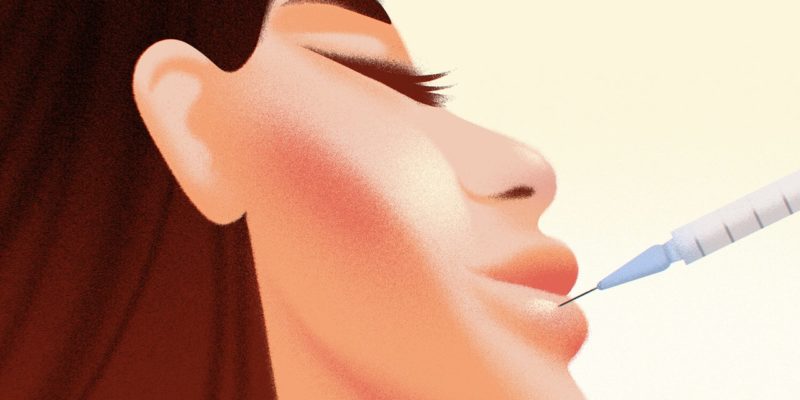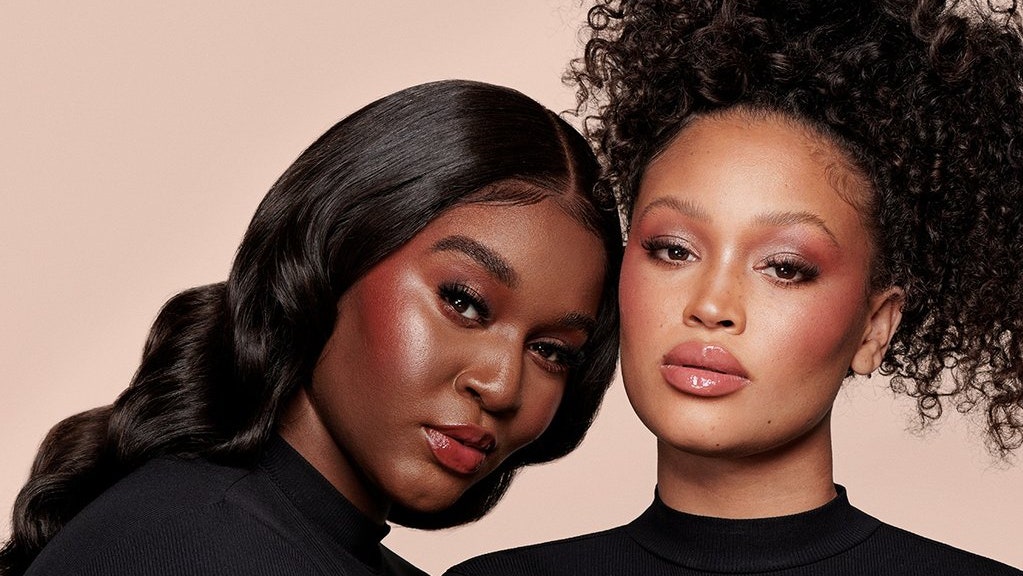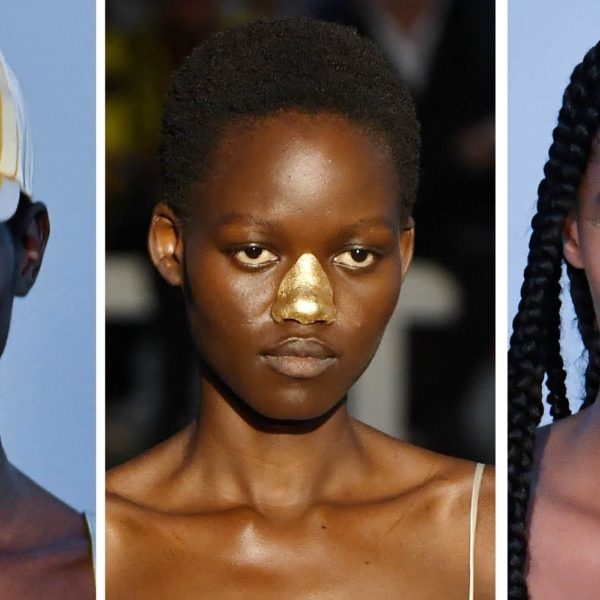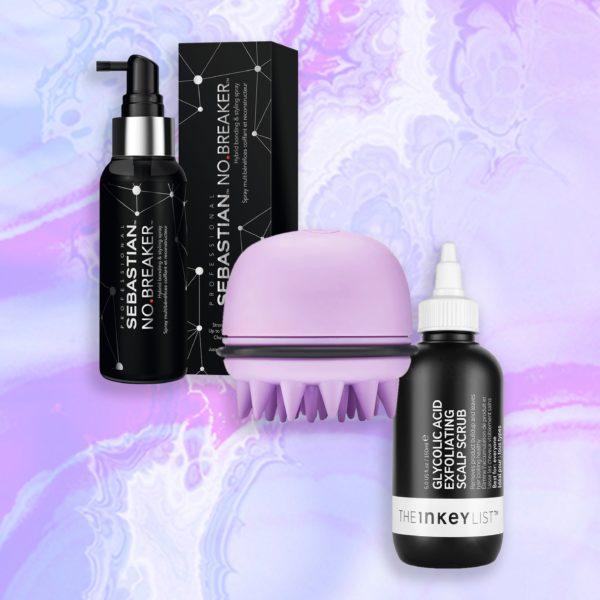Before Dermal Filler Appointment: Top Questions to Ask Your Dermatologist
“I always start by asking them, what has brought them to the point that we’re having this conversation, what it is they’ve started to notice, what they would like to change,” explains Hartman. “That gives me better insight to where they are mentally — there’s a big psychological component that goes into the decision to pursue cosmetic procedures.”
Understanding the sensitivity surrounding a patient’s insecurity allows for a more strategic, nuanced approach. And more importantly, allows the practitioner to skirt a potentially awkward conversation by reeling in a patient’s unrealistic goals in a thoughtful, empathetic manner.
In those instances, Hartman opts to “gently educate them about how their bone structure won’t support what they want, or how this will put their other features out of proportion, or how it’s just not a good idea to do so much at one time because you’ll stretch the skin and set yourself up for problems later, but overall, it’s definitely an opportunity to educate.”
What type of filler will you be using and what’s your technique?
To a first-time patient, it may seem like overkill to ask for the exact filler type, but to Rabach, it’s crucial because “the expectation of what the product can do is really, really dependent on what type of filler is used and in which area.”
She breaks the two classes of filler into two categories: dissolvable and non-dissolvable. Dissolvable fillers are hyaluronic acid formulations, “which are just like a big sugar molecule,” most commonly used in beginner patients, while non-dissolvable fillers are biostimulatory and composed from a range of other materials, each with a different set of side effects, impact periods, and endurance.
Unlike the skin from the collarbone down, facial skin texture is diverse and tender, with each area requiring a specific technique to administer.
Take, for example, the hyper-sensitive undereye area, says Rabach. “Those dark circles that we all have under our eyes most of the time, it’s not only that the skin is thin, but there are a lot of vessels under the eyes that show through the thin skin,” she explains. “That’s an area that could get very bruised if you don’t use a cannula.”
Rabach describes a cannula as “a sort of blunt, flexible straw,” which should be used in sensitive areas that require less filler, but increased precision, while the traditional filler needle can be used for cheeks, chin, or other larger areas.
What are the potential complications, and what is your plan in the event of an emergency?
“I consider a filler procedure one of the most high-risk procedures anyone can get done,” says Goodarzi. “When you inject fillers — for the best of us and the worst of us injectors — there’s always a chance that you could inject this occlusive gel into a blood vessel,” which could result in skin necrosis to the area that the punctured blood vessel supports, or blindness, if that blood vessel feeds the eye area.








